I really would have liked to be at TechCrunch40, temporary HQ of all-things-Web. Instead, I’m in New York, where the world of Enterprise Software will change tomorrow. That’s when SAP will unveil A1S, the new generation SaaS solution for the SMB market. Incidentally, this may be the last time we hear A1S, as SAP is expected to reveal a new name.
I suspect after Wednesday there will be a lot of talk about the new system’s features, but for now, very few people have actually seen it, and they are all under rock-solid NDA. So for now, just a few preliminary thoughts.
SaaS and Enterprise Software
I am a big fan of Software as a Service, have repeatedly written about it, but mostly in the context of the small business or consumers space. My own passion comes from the time when I switched from “sell side” in the SAP business to actually being a customer in a small business (Sales VP, NOT IT type!) and was shocked at the sorry state of infrastructure and systems (more lack of) available to most SMB’s. I became convinced that for small businesses that don’t have IT staff at all, On-Demand solutions are the only way to go.
Does this mean SaaS is for small businesses only? Not at all. While it’s easy to declare that for small businesses without their own IT resources there is no better option than SaaS, there is no clear “winner” for large corporations. There shouldn’t be. SaaS is not a religion; adopting it should be a business decisions that these organizations have to make individually.
SAP and SaaS
On-demand “purists” (the religious types;)) have long criticized SAP for being laggards, taking a half-hearted hybrid approach to SaaS – but why would they do anything else? After all, SaaS is still only 10% of all enterprise software sold, although growing fast. Even if we believe “the future is SaaS” (which is of course unproven, but I happen to believe in it), there is a lot of mileage left in the “old” Enterprise model, and market leaders like SAP have certainly no reason to turn their backs to their huge and profitable customer base. Protection of the legacy market is largely the reason behind the segmentation, i.e. A1S being strictly a small- and midmarket solution – but I don’t believe this segmentation is cast in stone.
Anyone who saw one of Hasso Plattner’s numerous “new idea” presentations will have to realize he is talking about a lot more than just a new SMB product. Plattner “gets it” and if he does, so will SAP. Clearly, for now the product is slated for the SMB market – new product, new markets – but it also allows SAP to get their feet wet in SaaS, before fully plunging in.
This also explains what may appear as inconsistency at the low-end of the market (less than 50 employees) where SAP continues to offer Business One, their on-site solution. I fully agree with Dennis , for all the above reasons it’s exactly these businesses that would be better off with SaaS, so perhaps Busiess One should be replaced by A1S. But if SAP considers A1S as a test-bed, eyeing the Enterprise Market, they need a certain minimum organization size, and level of complexity. Complexity, after all, originates in the organization, not the software – but this brings us to the next point.
So why is it such a Big Deal?
Believers of the “SaaS Religion” should be happy when a behemoth like SAP throws in it’s weight – and the $400M it expects to spend on marketing A1S. But let’s dispel with a huge misunderstanding here. I literally go nuts when analists (even my fellow Enterprise Irregulars) mention SaaS players like Salesforce.com, Netsuite, Succesfactors, Constant Contact on the same page, as one category. For the purpose of a specific analysis, like Charles did, it makes sense, but please, please, let’s remember, the so-called SaaS market is an artificial aggregation that eventually will make very little sense.
Companies do not buy software just for the sake of having it: they buy it to solve problems. They need inventory management, order and billing systems.. etc – not simply SaaS, just like in the past they could not care less if their software was delivered on tape, CD or DVD. Yes, I know I am simplifying to a great degree, but remember, It’s all about the functionality, not the delivery method.
So labeling Salesforce.com the “market leader” is misleading – yes, they are the the largest pure-play SaaS player, but a relative point solution with a fraction of the functionality enterprises need – and the Appexcange / Force.com attempt to become a platform has not changed this picture.
There is no market leader in On-Demand, complete integrated solutions, because so far no company has offered anything comparable to SAP’s functionality. Granted, I have not seen the system yet, but when SAP puts three tousand developers to work for 3 years, you know you are getting something significant. (In comparison Salesforce.com has less than 200 engineers.)
It’s all about Execution
The SaaS model allows for largely simplified business execution: marketing, awareness, “pull model”: instead off direct sales, the customer comes to the vendor, buying solutions on the Net. Consulting, Support all happens online. The reality of this pull-model is still debated, but I think waht’s often forgotten in the debate is that the “pull-efect” really works is the “S” part of SMB, (in fact, VSB), which are typically green-field businesses, often first-timers to transactional business software, without their own processes carved in stone, so they can test, configure and use software “out-of-the-box”. As we discussed, with size comes complexity, and since SAP targets the high-end of SMB, they will face such complexity, and that requires a “hybrid” model.
So far their Go-to-market strategy appears to be largely based on telesales and leaving support to a network of partners. Where these partners come from: existing All-in-One or Business One partners, or new ones – and if the first, how they will not cannibalize their existing business is a huge question.
A1S is a big bet for SAP,” said Gartner analyst Dan Sholler. “This has to succeed or they will have a whole host of business challenges ahead of them. No one has ever proven they can sell this type of business technology this way. SAP is betting the profitability of the company that it will be able to do it.
My bet is on SAP: they may stumble a number of times, which will effect their quarterly numbers – but in the end, I believe they will succeed. They will become the dominant SaaS player in the mid-market, forcing smaller players like NetSuite down-market. In the next 2-3 years while SAP flexes their On-demand muscles, we’ll see just how pervasive SaaS proves in the large corporate market, and that will determine whether A1S remains a midmarket solution or becomes the foundation of SAP’s forey into that market – their natural home base.
SAP understands New Media
Last but not least, a word on how SAP “gets it”. Part of Hasso Plattner’s “new idea” sounds like a Web 2.0 pitch: he embraces social networking, wikis, videos. How much, if any of these have made it into the first incarnation of A1S remains to be seen.
But SAP as a company themselves actively embrace new media. They have the best bloggers’ program, originally started by Jeff Nolan and now enjoying continued support by Michael Prosceno. I’m heading to the Big Show on Wednesday, but first tonight I’ll be in a group of 8 bloggers to meet SAP CEO Henning Kagerman. Two weeks later I will attend SAP TechEd, which, for the first time includes a full Community Day – an event certainly to be popular by bloggers. Oh, and who is the first keynote speaker? Mr. Web 2.0 Tim O’Reilly himself.
Not exactly dinosaur-like behavor, if you ask me.;-)
Off now, time to play tourist in Manhattan. And, in the meantime, I’ll be kept more then up-to-date on TechCrunch40 thanks to fellow bloggers on the scene.:-)

 BBSpot reports
BBSpot reports

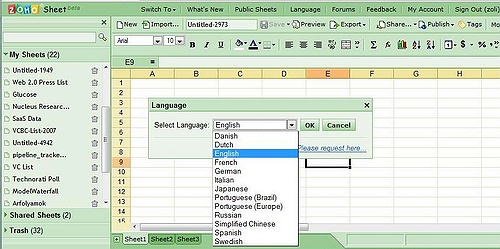
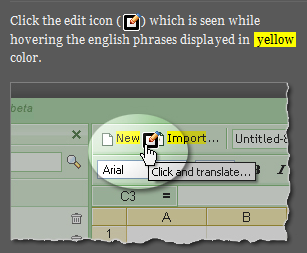
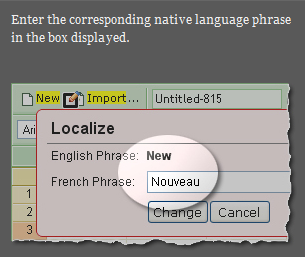
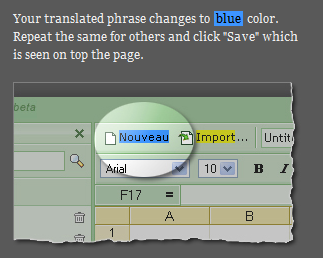
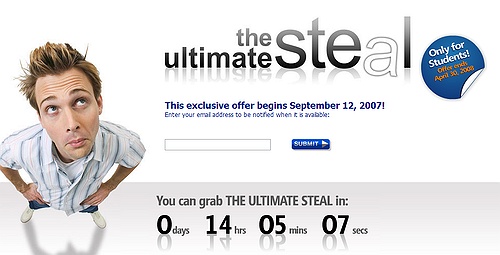
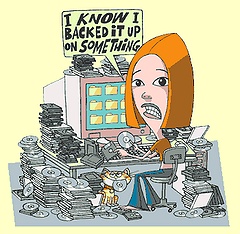 Michael Dell has warmed up
Michael Dell has warmed up 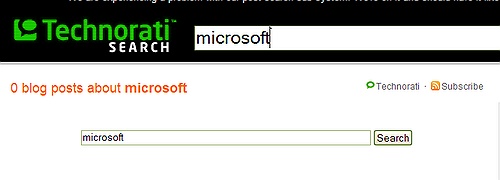

Recent Comments